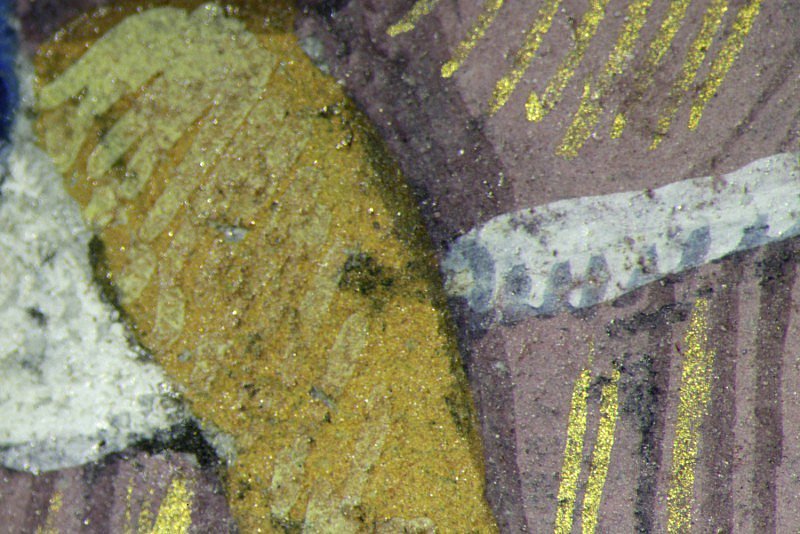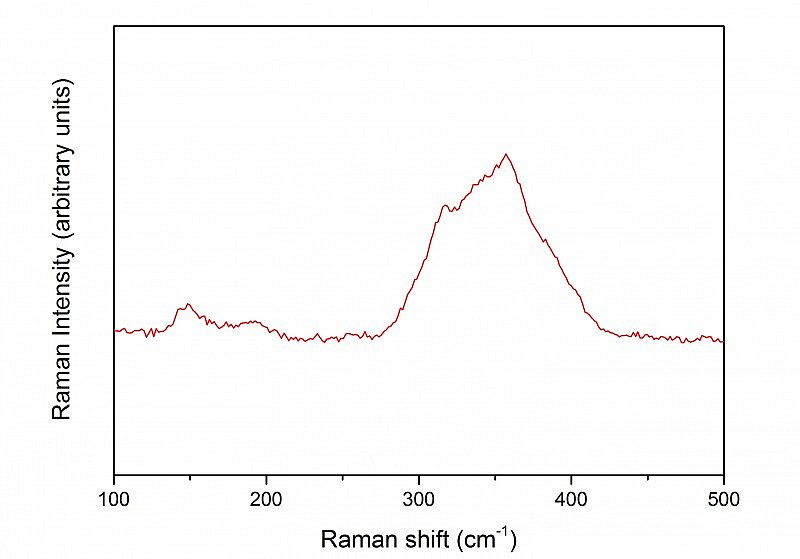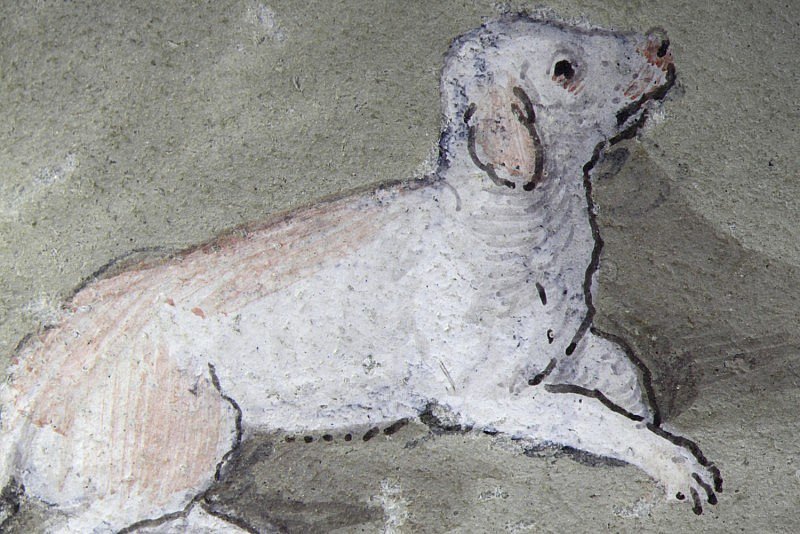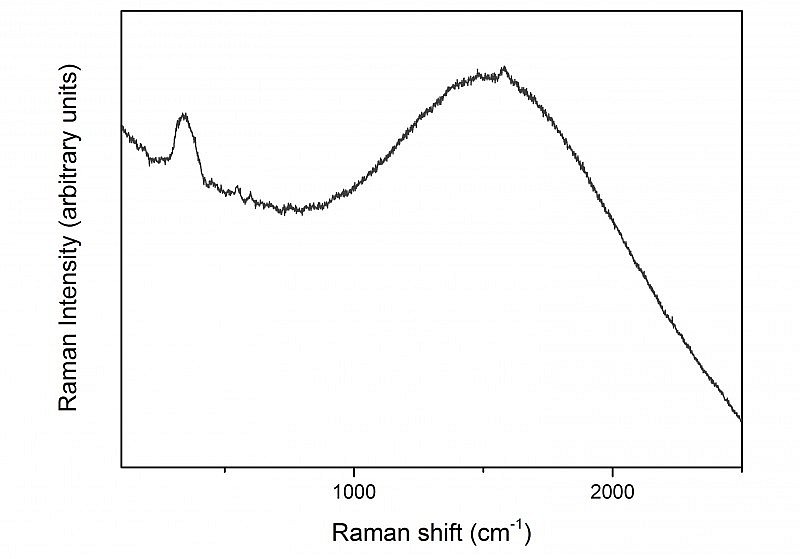'Artificial orpiment'
Artists' Materials
Used alongside other, more common yellow and orange pigments, ‘artificial orpiment’ is present in small details throughout the manuscript, including the feathers of some birds, the tunic of the innkeeper who refuses Mary and Joseph lodging, as well as the sleeves of one of the adoring shepherds.
To date, this unusual, glass-based pigment has only been identified in one other manuscript painted in Rome or Bologna around the same time as this Primer: Fitzwilliam Museum, Marlay cutting It. 25.




Nativity and Story of Salvation
Annunciation to the Shepherds; Adoration of the Shepherds; Peace comforting souls in Limbo
According to the Gospel of St Luke, an angel announced Christ’s birth to shepherds who were watching their flocks near Bethlehem. After hearing the good news, the shepherds hurried to the stable to adore the Christ Child. The orange sleeves of the shepherds’ tunics as well as the dark shadows on their yellow robes were painted with the glassy arsenic-based material often called ‘artificial orpiment’ (hotspot 1). This unusual pigment was also mixed with indigo to paint the grey-brown floor in the lower scene (hotspot 2).
The final scene on this page depicts the positive consequences of Christ’s Incarnation. It shows a woman dressed in white (probably a personification of Peace), comforting souls in Limbo. Peace assures the souls, which are represented as naked figures, that they will be redeemed. This scene is not based on the Bible, but probably derives from Arnoul Gréban’s Mystère de la Passion, a play performed in Paris in the late 15th and early 16th centuries.